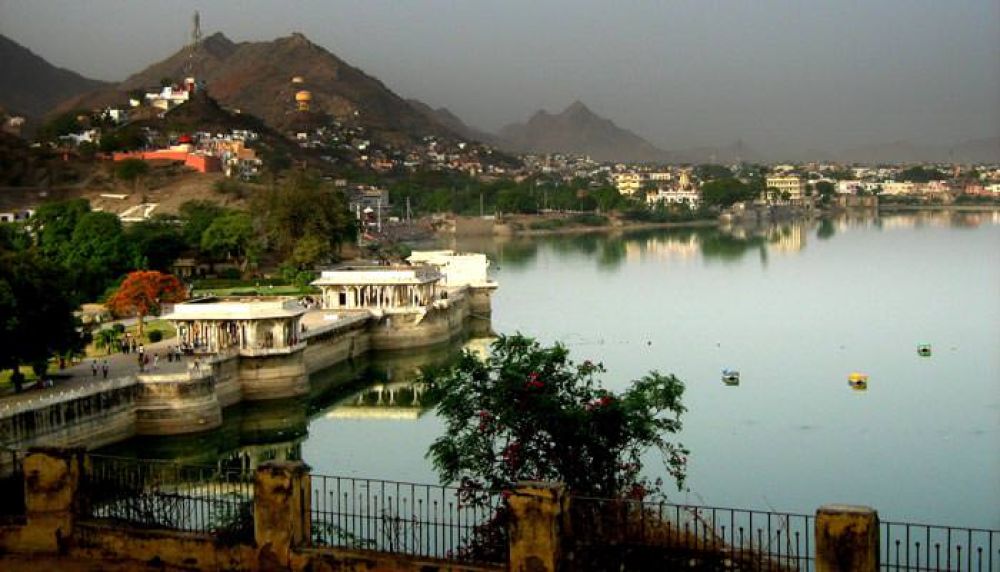

Located in the heart of Ajmer, Rajasthan, Daulat Bagh Garden is a serene retreat boasting of history, culture, and natural beauty. The origin of tourism in Ajmer can be traced back to the spiritual allure of the Dargah Sharif, the shrine of the Sufi saint Khwaja Moinuddin Chishti, which has been attracting pilgrims and travelers alike for centuries. Over time, attractions like the Daulat Bagh added to the city’s charm, further enriching Ajmer’s tourist portfolio.
Daulat Bagh, which translates to "Garden of Wealth," has been a testament to the Mughal flair for landscaping and elegant architectural designs. Established by Emperor Shah Jahan in the 17th century, it served as a place of leisure and luxury for the royals. Laid out next to the Anasagar Lake, the garden enhances the scenic allure of the artificial lake, which was commissioned by Maharaja Anaji during 1135-1150 AD.
With its verdant landscaped lawns, shady trees, and marble pavilions, Daulat Bagh has remained a favorite spot for visitors seeking peace and relaxation. The adjacent Anasagar Lake graces the garden with a picturesque backdrop, especially during sunset. Visitors can enjoy leisurely strolls along the pathways, indulge in a boat ride, or simply savor the garden's tranquility. The marble Baradari, constructed by Shah Jahan, stands as a prominent feature of the Daulat Bagh, offering a snapshot into the opulent past.
The flow of tourists to Daulat Bagh began as an offshoot of the pilgrimage to the Dargah Sharif. Realizing the potential of Ajmer as a tourist destination, the Rajasthan Tourism Development Corporation and the Indian government undertook several initiatives to develop and promote the region's historical and natural heritage. The garden has been maintained by the local authorities to preserve its historical charm and ensure a pleasant experience for visitors.
In recent times, there has been an increased emphasis on sustainable tourism, with efforts being made to conserve and enhance the natural environment of Daulat Bagh. The development of heritage walks, cultural festivals, and light-and-sound shows has been instrumental in boosting tourist activity in the area.
With the advent of social media, Daulat Bagh and Ajmer’s tourism has witnessed a surge of interest from domestic and international travelers. The picturesque sceneries and rich historical context provide endless opportunities for travel enthusiasts to explore and share their experiences online.
Also, experiential tourism has gained traction as visitors are seeking more than just sightseeing. They aim to immerse themselves in the local culture and history, and Daulat Bagh offers a perfect setting for such encounters. Authorities are increasingly collaborating with local artisans and performers to showcase regional arts and crafts, music, and dance within the garden premises, enhancing the visitor's overall experience.
The historical Daulat Bagh Garden remains a cornerstone of Ajmer's tourism, reflecting the city's commitment to preserving its rich heritage while adapting to contemporary tourism trends. Visitors to Ajmer continue to cherish the tranquility and beauty of Daulat Bagh amidst their exploration of the city’s spiritual and cultural spectacles.